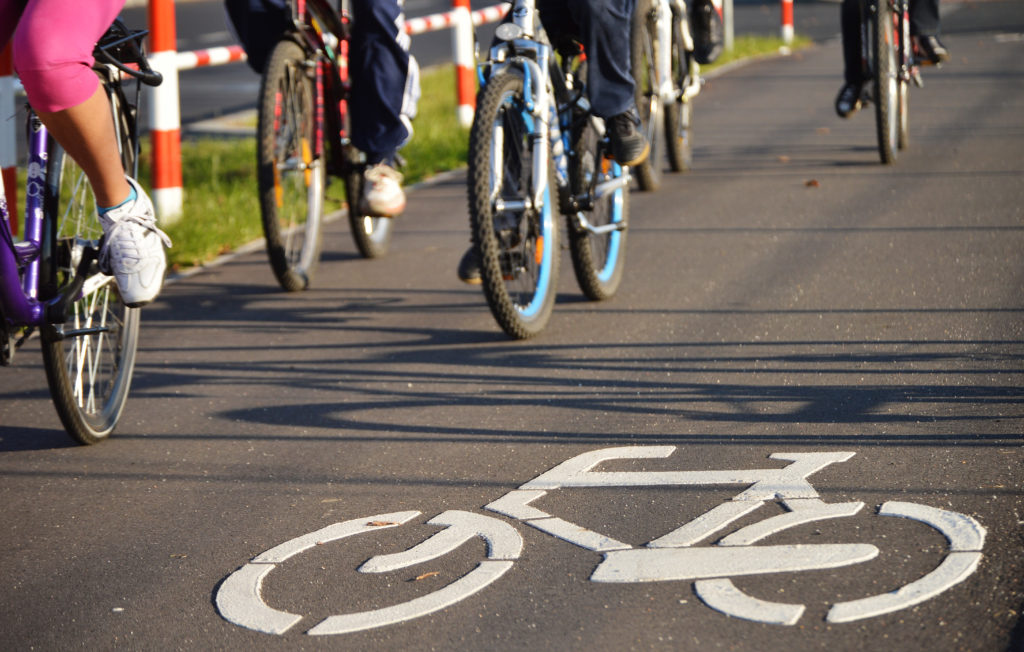
Chicago’s mostly cold. Cold weather makes for hardy people who drink black coffee, eat pizza that’s really a casserole, and put hot peppers on everything. People from Illinois also know how to navigate in the snow without a dogsled. And, they don’t lose their cool when the roads are slippery, even when riding a bicycle.
Chicago is a city that has a lot of people riding around on bicycles in all types of weather conditions, even those few weeks and months when the sun comes out of hiding. Bicycling is so popular here that Divvy, Chicago’s bicycle share program, is set to expand its coverage over the entire City by 2021. Currently, there is no service on the West Side, the Far South Side, or the Far Northwest Side.
With even more people riding around on bikes than ever before, making sure everybody gets to their destination safely is, or at least should be everybody’s number one priority when it comes to transportation.
There is no such thing as an accident
The word accident implies that the unfortunate or terrible thing that happened was unavoidable. A car crash is almost never an accident because a car crash is often times avoidable. Crashes occur when someone makes a poor choice. People drive drunk. They look at their phones while driving. They get behind the wheel when they haven’t had enough sleep and drive fatigued. Choices like these can lead to grave consequences especially when a car hits a bicycle.
The U.S. Department of Transportation reported that 783 cyclists were killed in traffic crashes nationwide in 2017. There are steps that drivers and cyclists can take to decrease that number, if not eliminate bicycle traffic deaths altogether.
Know the statistics
The U.S. Department of Transportation National Highway Traffic Safety Administrations maintains statistics on traffic deathseach year.
- Regardless of what time of year it is, the highest percentage of bicycle deaths happen between the hours of 6 p.m. to 9 p.m.
- Over 70% of cyclist fatalities occur in urban as opposed to rural areas.
- Alcohol use was reported in 35% of fatal crashes involving bicycles.
Get to know the rules of the road
Cyclists in Illinois are required to follow the same traffic rulesthat apply to motorists. This also means that bike riders generally have the same rights as drivers do. Drivers need to give cyclists enough space to travel safely. The Chicago Municipal Code prohibits cars from driving, standing, or parking in a bike lane. Cyclists should generally keep as far to the right as is practically possible, with a few exceptions. Both bike riders and drivers should remember that they have to share the road and that keeping a proper lookout for other travelers is paramount.
Don’t get distracted
Distracted driving is a big problem. This applies to people riding bikes as well. Not only that, but walking around in Chicago, you’re bound to see pedestrians looking down at their phones, too. Standing on the side walk and looking at your phone may be excusable, if not annoying to some, but propelling any form of transportation forward on city streets requires a person’s undivided attention.
We’ve all heard that texting and driving can kill. According to U.S. Government statistics, 1 in 10 fatal crashes involve people who were distracted while driving; an entirely preventable statistic. There is no excuse for pulling your phone out if you’re driving or if you’re riding a bike. Just pull over. Even the most important phone call can wait when it’s a matter of life or death.
If in doubt, learn to ride
The Chicago Department of Transportationand Divvy are offering free bicycle riding classeswith limited spots this summer. The classes are meant to help adults who never learned to ride a bike or haven’t ridden in a long time to ride with confidence and to feel comfortable riding on Chicago’s city streets. Space for these classes is limited. Classes may be open to children based on availability. Divvy will provide bikes to participants over the age of 16 because the program doesn’t allow kids under 16 to use its bikes. Participants under age 16 will have to provide their own bikes.



